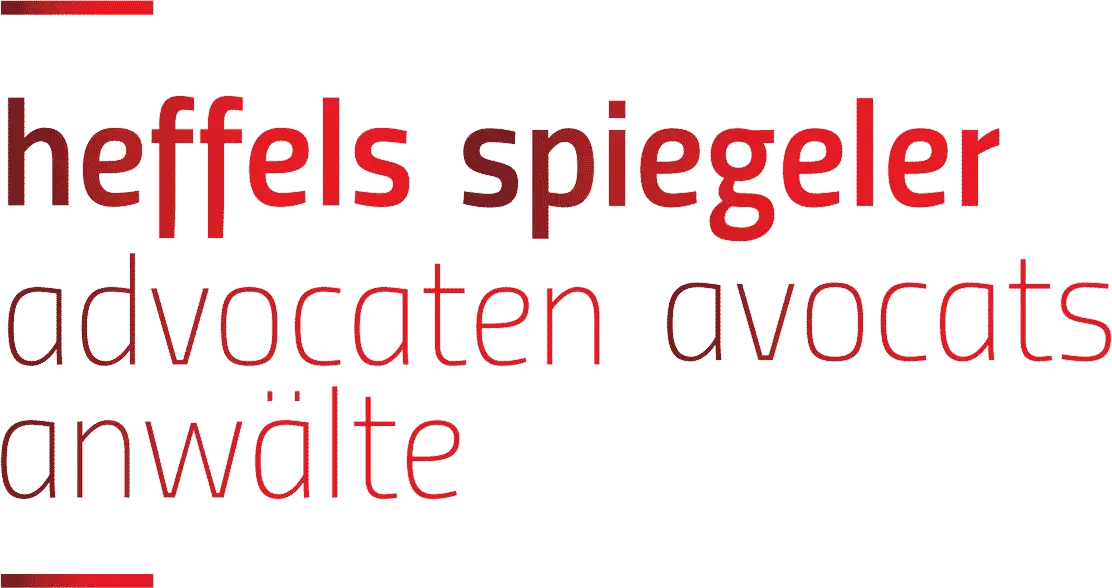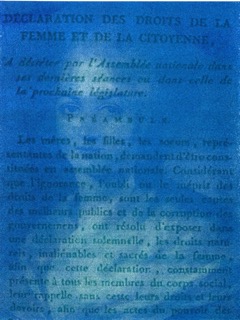Dutch voices make noise in AI-generated song
World Intellectual Property Day
IP and music: Feel the beat of IP 
Experiment
The use of artificial intelligence (AI) in music production is once again raising questions about the protection of artists’ rights. A recent experiment by the Dutch music studio Manglemoose demonstrates that AI systems are capable of generating songs that feature voices closely resembling those of well-known Dutch singers, including Jan Smit, Trijntje Oosterhuis, and Herman van Veen.
The experiment included the creation of a track by using AI music generation tools such as Udio, Riffusion, and Sonauto. According to studio representative Matties Grooten, these systems were asked to produce vocals in the style of specific Dutch artists. The results were combined into one song to show how easily AI can recreate familiar voices, often without the original artists knowing or giving permission.
This also shows how more and more often, AI is being used to create music, both for experimentation and commercial purposes. While the AI-generated track in this case is not being used for commercial purposes, its release draws attention to the broader issue of whether such technologies rely on copyrighted material or personal data being used without permission. The NOS contacted representatives of several artists featured in the song. They confirmed that no authorization had been granted for the use of their voices, further raising concerns about programming and training methods used by AI developers.
Industry organizations, including Stichting Brein, state that although the evidence is not conclusive, the strong similarity to recognizable voices suggests that the training data may include protected works. According to director Bastiaan van Ramshorst, this practice could damage artists’ reputations and mislead the public, especially when the quality of the output is poor.
Legal Action
Despite the growing concerns, no legal actions have yet been taken in the Netherlands.
These concerns are shared far beyond the Netherlands. In the United Kingdom, a group of renowned international artists—including Kate Bush, Elton John, and Hans Zimmer—recently released a protest album titled Is This What We Want?The album features twelve almost silent tracks, recorded in empty studios. The silence symbolizes a future in which artists’ voices are replaced or misused by AI without protection or payment. The initiative responds to a proposed UK law that would allow AI companies to freely use creative works for training purposes, without permission or compensation.
Make it Fair
Through the campaign Make it Fair, the artists are calling for stronger legal safeguards to ensure fair use and respect for creative ownership. Their concerns resemble those of Dutch artists, who fear that a lack of transparency and accountability in AI development threatens the foundations of the creative industry.
One reason is the difficulty of proving that an AI model was directly trained on specific copyrighted material. Another is the absence of clear legal protections for the voice as a creative asset. A voice itself is not eligible for protection according to copyright law.
AI ACT
Artificial intelligence systems rely heavily on training data, but this raises concerns about infringing intellectual property rights, particularly in fields like music and art. Developers seek to keep training data confidential, while artists aim to protect their copyrights. The EU’s Digital Single Market (DSM) Directive, in force since 2019, addresses this tension. It allows data mining of copyrighted content only under specific conditions: for scientific purposes by research institutions with lawful access (Article 3), or when rights holders haven’t explicitly prohibited the use of the work for data mining purposes (Article 4). The Directive aims to balance AI innovation and copyrights protection, though implementation is challenging.
The European Regulation on Artificial Intelligence, known as the AI Act and effective from August 1, 2024, is the first EU law to directly regulate AI systems. It provides for compliance with IP rules and introduces a transparency obligation. General-purpose AI providers must now disclose a summary of training content (Article 53.1(c)) to help safeguard copyright.
While this requirement is a step forward, it may not be practical. Identifying training data alone isn’t enough—explicit permission from rights holders would be needed, a process that could be too time-consuming for developers, potentially discouraging the use of certain content.
The Netherlands
In the case of the Dutch singers, whose voices were used, they cannot invoke copyright law, as a voice is not eligible for protection. They could, however, invoke privacy law, since a voice is biometric personal data (Art. 9 GDPR).
BumaStemra
BumaStemra is a Dutch organization representing the interests of music creators. Among other things, it regulates compensation for the use of music. Meanwhile, BumaStemra is also committed to protecting human creativity and fair compensation in the AI era. For that reason, BumaStemra has joined an international statement calling, along with other organizations, for fair and transparent regulation around AI.
Meanwhile, a third draft of the Code of Practice has been prepared. This Code of Practice is intended to help AI providers comply with the AI Act, but BumaStemra says this version falls short of securing copyrights. The final Code should be ready in May 2025.
 Copyright and AI
Copyright and AI
In addition to the requirements set out in the law for copyright protection, the work must also meet the criteria developed by the courts. These criteria consist of two additional requirements that a work must meet in order to be protected by copyright. First, a work must have its own original character. This means that the form of the work may not be derived from that of another work. The second requirement is that the work must bear the personal stamp of its creator. This means that the form of the work must be the result of the human mind. The creator must therefore make creative choices in order to produce the work.
AI-assisted works can be protected by copyright, provided that sufficient creative choices have been made. In this case, AI is regarded as a tool.
On the other hand, AI-generated works are generally not protected by copyright, as only a single prompt is used without any further creative input.
Conclusion
This has reignited urgent debates about the ethical and legal implications of AI in music creation. While the technology showcases impressive capabilities, it also exposes significant gaps in current copyright and privacy laws, especially when it comes to the unauthorized use of artists’ works and voices. As AI tools become increasingly sophisticated and accessible, the line between innovation and infringement grows blurrier. Initiatives like the EU’s AI Act and calls for stronger regulation from organizations reflect a growing consensus: legal frameworks must evolve to ensure fair use, transparency, and protection of artistic identity.
https://bumastemra.nl/artificial-intelligence/
https://bumastemra.nl/update-taskforce-ai-bescherming-van-makers-en-eerlijke-ai-ontwikkelingen/
https://nos.nl/artikel/2512594-ai-wet-neemt-laatste-horde-ook-europees-parlement-is-akkoord
https://nos.nl/artikel/2553761-bumastemra-naar-brussel-voor-strengere-ai-regels-bij-gebruik-van-muziek
https://nos.nl/artikel/2557241-muzikanten-protesteren-met-stil-album-tegen-muziekdiefstal-ai-bedrijven
https://nos.nl/artikel/2559362-nederlandse-zangers-te-herkennen-in-ai-muziek-schadelijk-voor-artiesten
By Pierina Simone, Thessa Gomes and Eline Cremers





 On 12 September 2023, eight French members of parliament submitted a bill to the French National Assembly aimed at establishing a copyright framework for artificial intelligence
On 12 September 2023, eight French members of parliament submitted a bill to the French National Assembly aimed at establishing a copyright framework for artificial intelligence Women have a lot of times been the underdog in history. Women artists, for instance, are underrepresented in museums, and women philosophers have also only been researched since the 20th century. Hence, on International Women’s Day, it is good to reflect on an important, yet relatively unknown, female figure in history: Olympe de Gouges. Along with Mary Wollstonecraft, she was one of the leading feminists at the time of the French Revolution.
Women have a lot of times been the underdog in history. Women artists, for instance, are underrepresented in museums, and women philosophers have also only been researched since the 20th century. Hence, on International Women’s Day, it is good to reflect on an important, yet relatively unknown, female figure in history: Olympe de Gouges. Along with Mary Wollstonecraft, she was one of the leading feminists at the time of the French Revolution. International Students Day celebrates its annual debut on 17 November. The reason for its introduction was the constant reminder of the student protests in Prague against the German occupation of Czechoslovakia in 1939, which were, however, violently put down. Students Day has always served to recognise all the difficulties faced by students and young people around the world.
International Students Day celebrates its annual debut on 17 November. The reason for its introduction was the constant reminder of the student protests in Prague against the German occupation of Czechoslovakia in 1939, which were, however, violently put down. Students Day has always served to recognise all the difficulties faced by students and young people around the world.
 On 30 June 2022, we celebrate the annual World Social Media Day. The introduction of the holiday honours the impact of social media platforms on people’s global communication, and not without reason.
On 30 June 2022, we celebrate the annual World Social Media Day. The introduction of the holiday honours the impact of social media platforms on people’s global communication, and not without reason.